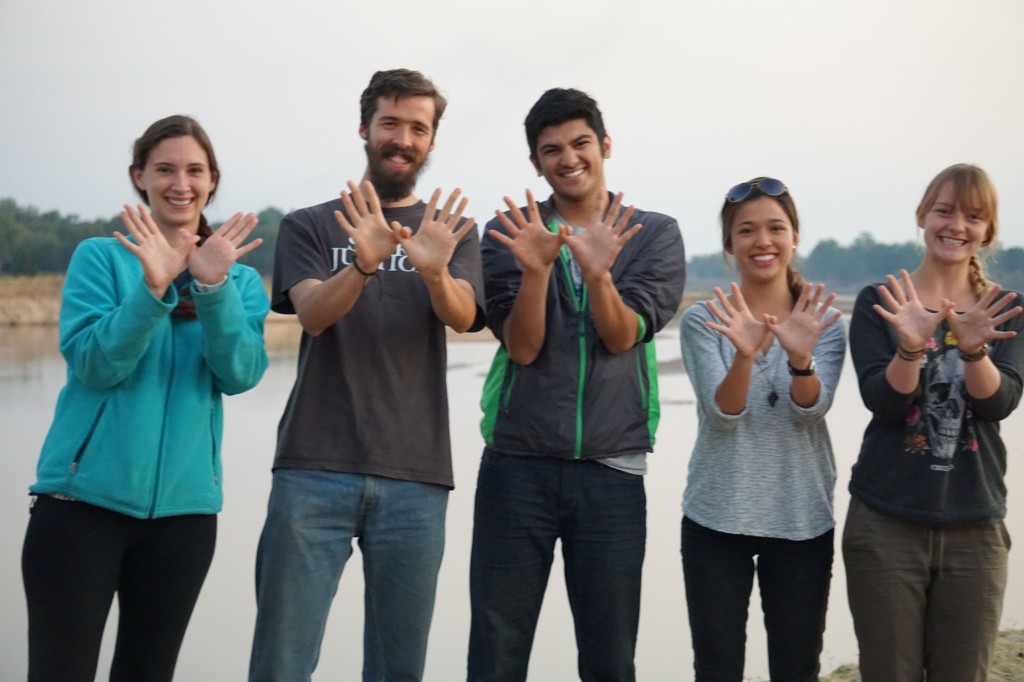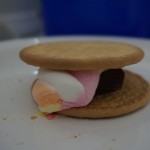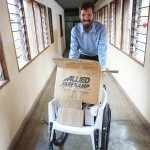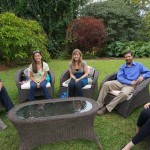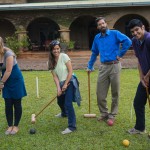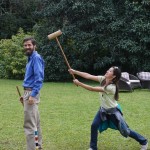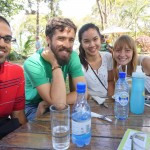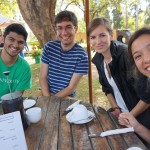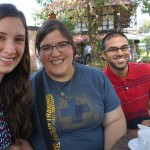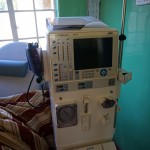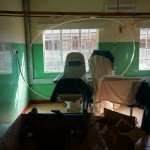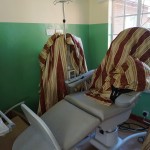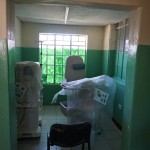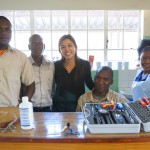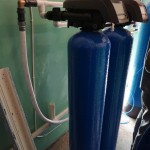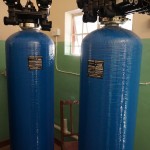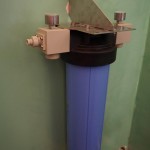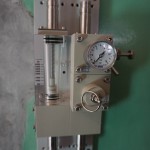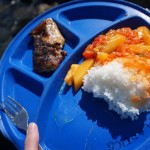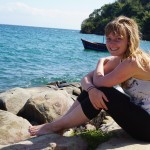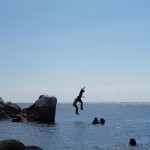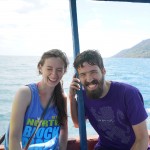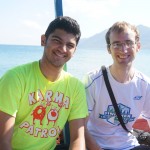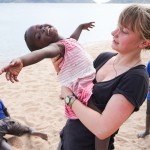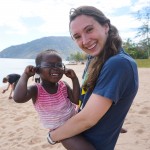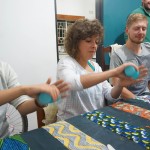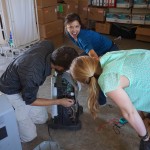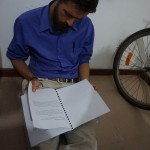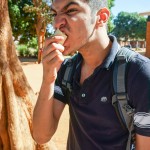This week, Caleb, Jacinta and I wrapped up our work at the Poly and said goodbye to the many friends we have made during our summer here. I have made so many good friends during my time in Blantyre, and I will miss them all: Shannon and MK – the Rice program associates, Rodwell and Dr. Gamula – Our mentors at the Poly, Carol and Thandi – The Rice CPAP associates from Malawi, Collins – our taxi driver and close friend, Maxwell – a local artist, and Alfred – the keeper of cure guesthouse.
Coming home is definitely a bittersweet feeling. There are so many people I have met that I may never see again, and I will miss the Malawian way of life. Arriving in America things will be much more fast paced, I will no longer be able to haggle down the price of vegetables that I buy, and the street food I have come to love will be replaced by Houstonian food trucks. However, I am looking forward to coming home and seeing my friends and family. I also still have a hope of returning to Malawi one day somehow, to continue building on the work I have done and relationships I have made this summer. Malawi is a beautiful country full of some of the most incredible, unique, and interesting people I have met, and I wish I had more time left!
Another thing I will miss about Africa is the beautiful landscapes and diverse wildlife. This weekend, Caleb, Jacinta, Emily, Aakash and I took a last trip to Zambia to go on a safari. The lodge we stayed in was gorgeous, the food was delicious, and we frequently had elephants walking through our camp! We also learned a lot about Zambian culture, and found that it is surprisingly similar to Malawian culture! The languages are both chewa derivatives, and many of the phrases we had learned in Malawi were almost identical to those in Zambia. We also had the chance to meet a lot of interesting people from around the world and even saw a lion or two!
Our time in Zambia also gave me the opportunity to reflect on all I have learned here. Coming into this internship, I felt relatively well prepared for the challenges I would face, and in some ways I was. I didn’t experience culture shock or homesickness, and I was never caught off guard by the conditions in the hospitals. However, there were times when I was overwhelmed by the amount of problems in health care here, and I struggled to see if my 9-week trip would make a difference. Looking back, I know for certain my time here was valuable. Not only was I hopefully able to make an impact through the projects I completed and data I gathered, but Malawi has also had an undeniable effect on me. I have seen joy and perseverance in the face of suffering and have been inspired by many talented, compassionate, and ingenious doctors and engineers who truly care about their country. I have learned so much from both my Malawian coworker and my fellow interns, and I am incredibly grateful to have had the opportunity to participate in this internship. I look forward to using what I have learned here throughout my next year at Rice and the rest of my life.
